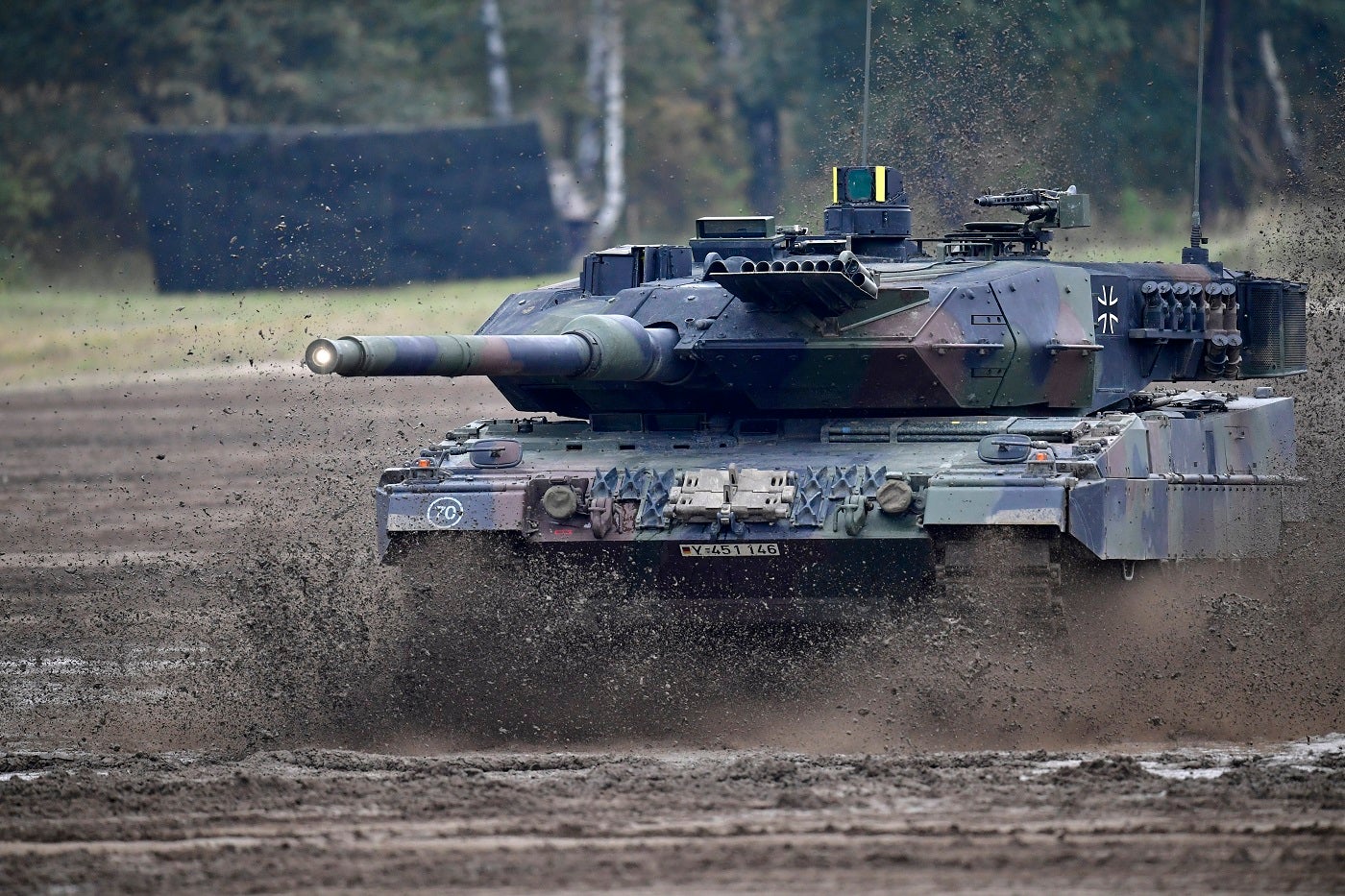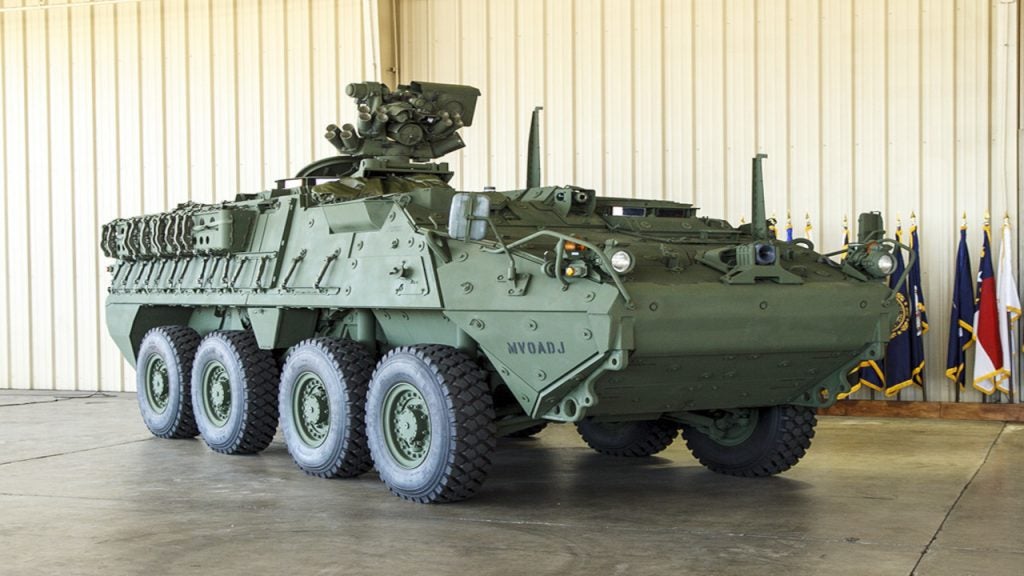
The Norwegian Government has procured 54 Leopard 2A7 main battle tanks (MBTs) – with the option to purchase 18 more units – from Krauss-Maffei Wegmann for over $1.8bn(NOK19.7bn).
Announced on 3 February, the first MBTs are expected to be delivered in 2026 and will replace the 42 Leopard 2A4 units acquired two decades ago.
The Leopard 2 has become the standard MBT for European defence. According to GlobalData Germany has 640 active units, Denmark has 44, and Finland has 100 2A4 and 100 2A6 units.
The Norwegian Government explained that it adopted the Leopard 2A7 because “in today’s security situation, European defence cooperation is becoming increasingly important. By procuring German tanks, we ensure that Norway has the same type of tanks as our Nordic neighbours and close allies”.
Practice what you preach
Norway was initially torn between two options for its modernised MBT fleet with a close call between the German Leopard 2A7 and South Korea’s K2 Black Panther. When faced with the same choice last summer, Poland had chosen the latter.
If Norway followed suit, the country would have had a good price after having already recently ordered K9 artillery and K10 support vehicles from the Korean defence prime Hanwha.
But there is more to the Leopard than just the Norwegian Army’s familiarity and spare parts it has for the model.
According to Tristan Sauer, land domain analyst at GlobalData, there was also geopolitical pressure to choose the upgraded Leopard.
“This was the smart choice as Europe needs to stop talking and kickstart its defence industry revitalisation by fostering cooperation opportunities. The EU’s business model is run off co-dependency in industry, and the same thing can be done in European defence,” Sauer said.
The procurement of German MBTs is one way to practice the defence plan it preaches. By reaching out to the German defence industry in this way, the Norwegian government demonstrates their model of collective activity in practice.
A contentious investment
Although there was a need to modernise Norway’s MBT fleet with the upgraded 2A7, some doubt has still been cast over the investment.
Head of the Norwegian Armed Forces, General Eirik Kristoffersen had expressed doubt about acquiring MBTs in favour of long-range artillery and drones according to one Norwegian media outlet.
There is an argument to be made that MBTs and heavy armoured vehicles would have less strategic manoeuvrability in the challenging Arctic environment compared to more lightweight and mobile assets.
Sauer accepted that tanks and heavy artillery vehicles are difficult to transport and maintain in isolated terrain. “They would almost have done better to order more infantry fighting vehicles (like the CV90s they already have) and focus on high mobility motorised units with high lethality (anti-tank, anti-aircraft and anti-ship weapons) to defend NATO’s northern flank.”
However, Sauer added that the decision to modernise the Norwegian Army’s MBT fleet “reflects the wider realisation within European defence circles that armoured vehicles continue to constitute the backbone of a nation’s land forces particularly for offensive operations”.
Nowhere can this be seen more than in the Ukraine conflict. The possession of advanced artillery systems (HIMARS, M270, CAESAR) and drones are better suited to defensive and hit-and-run operations, while assaulting and holding territory remains the role of motorised/mechanised forces.








